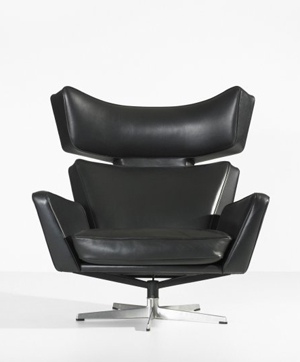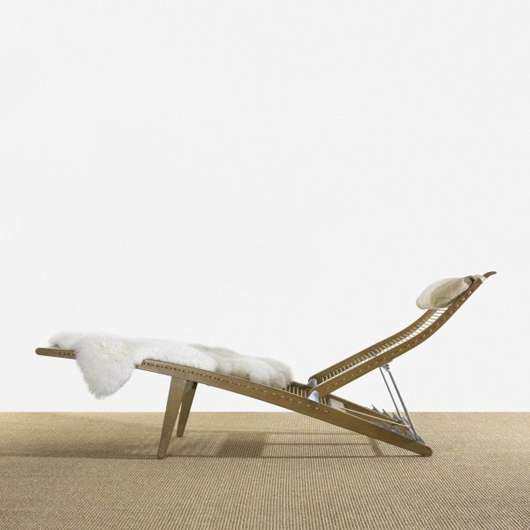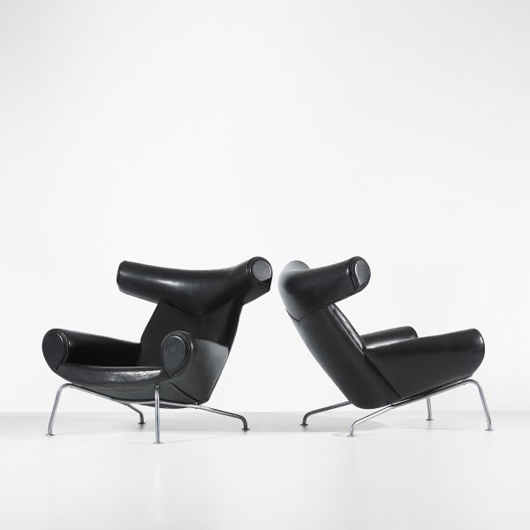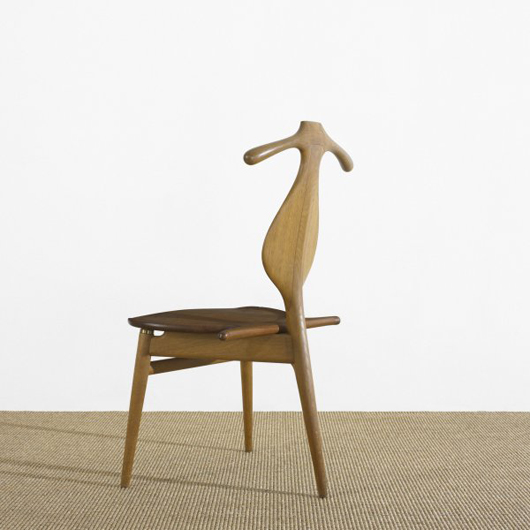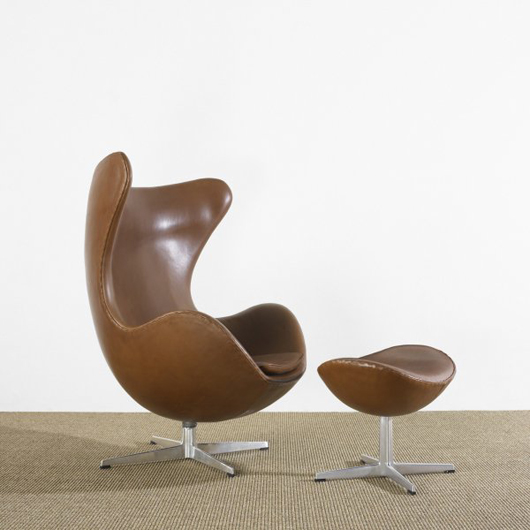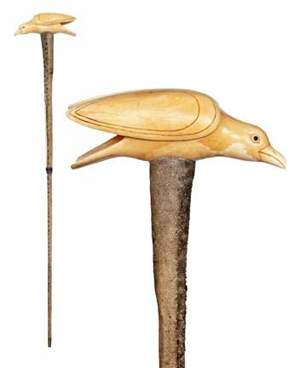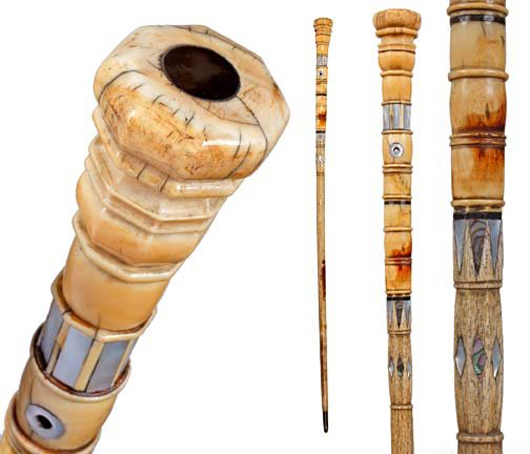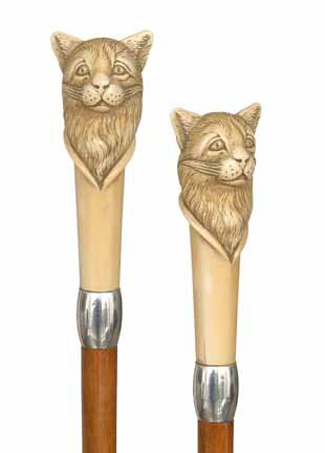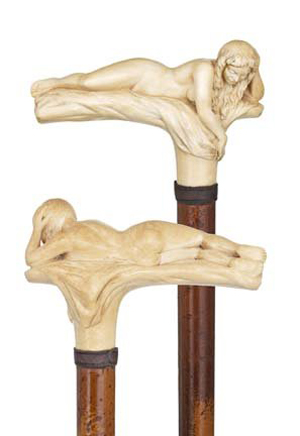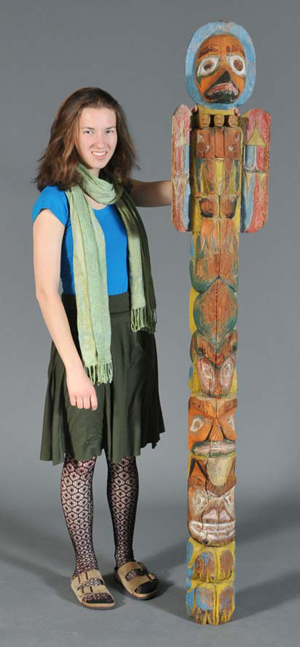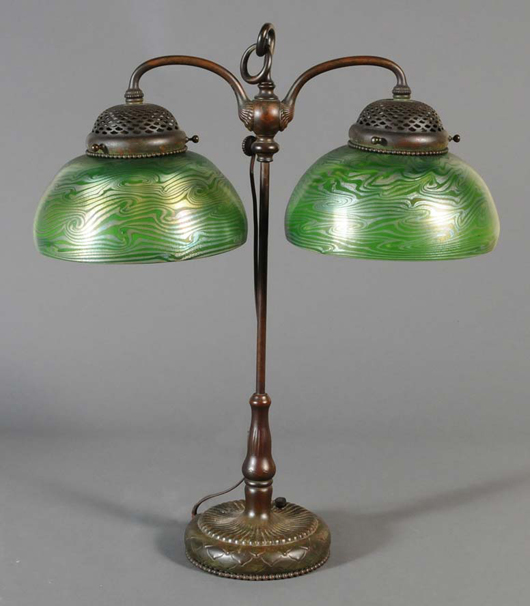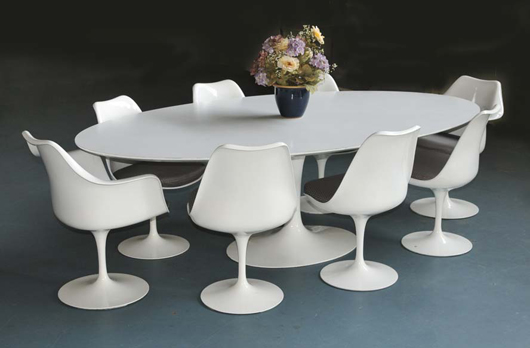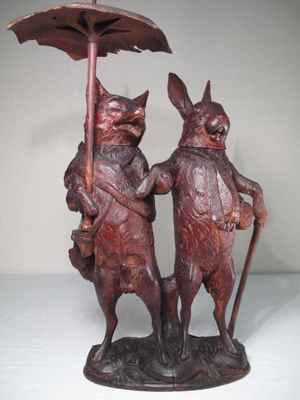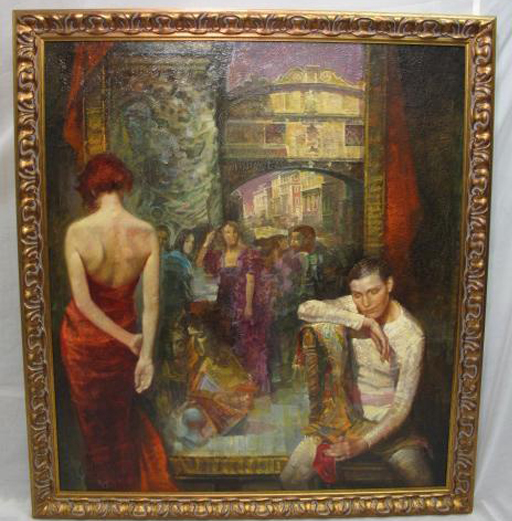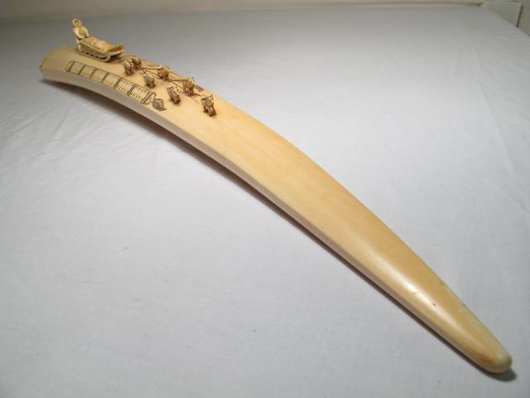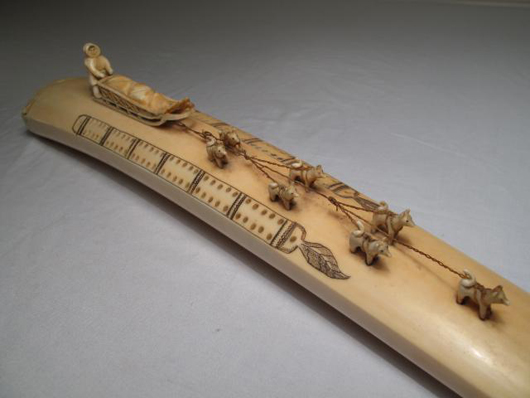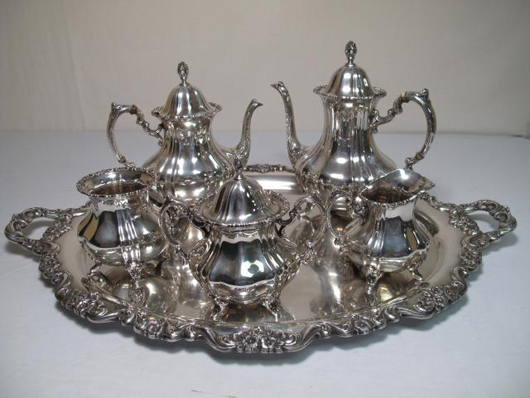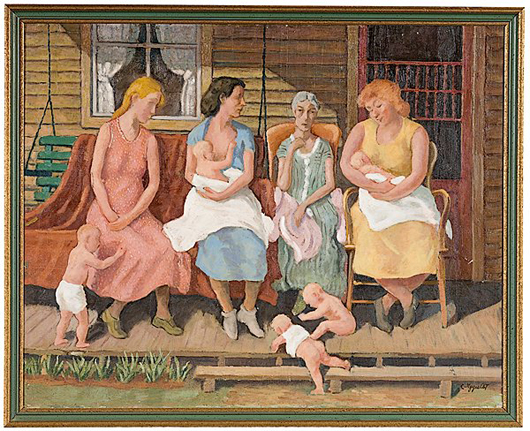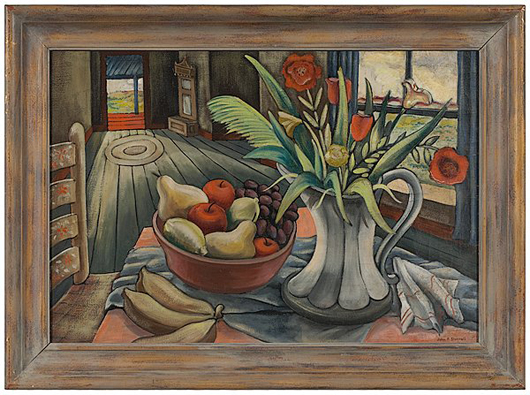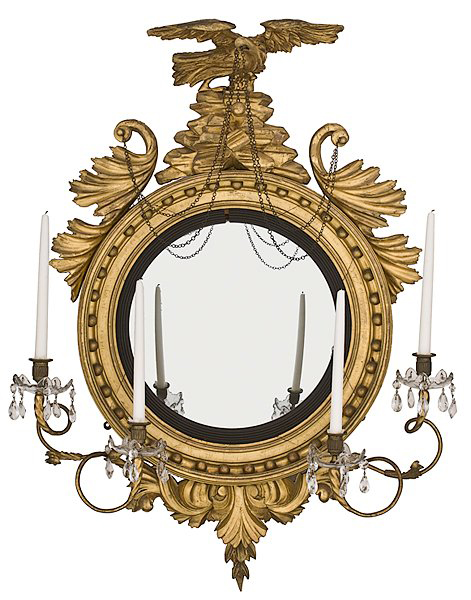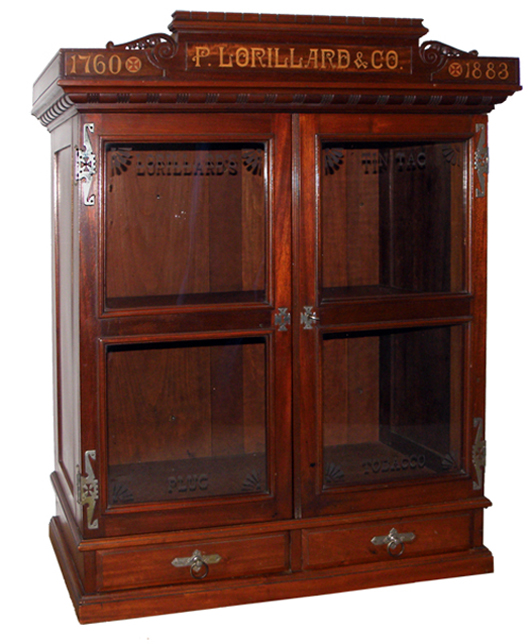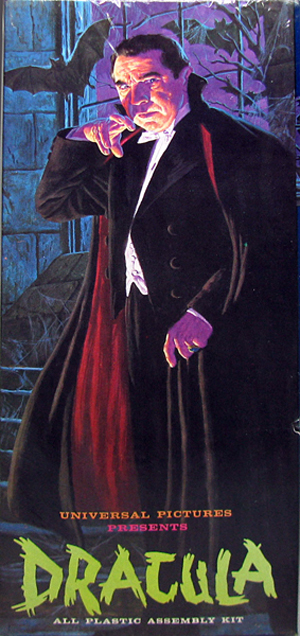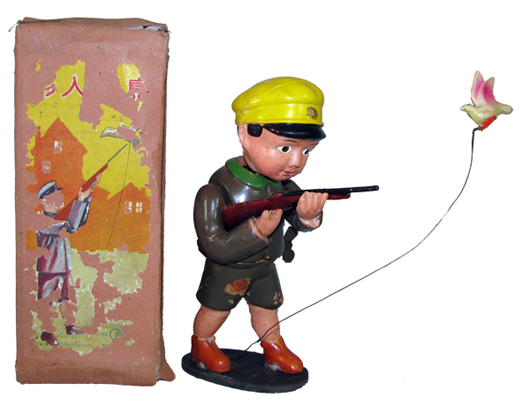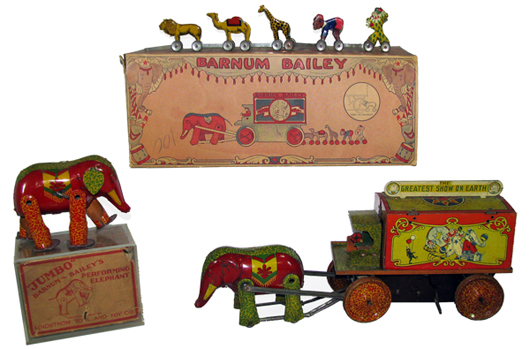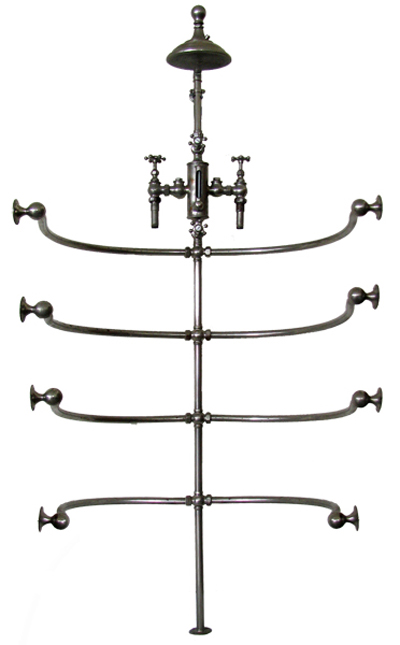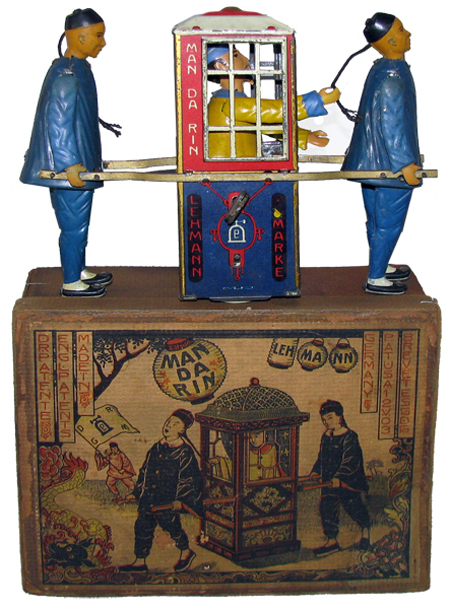JERUSALEM (AP) – The portrait of a glum, bespectacled man was about to go on auction in Amsterdam when someone at Sotheby’s noticed a problem: Israel’s national museum owned precisely the same painting.
One of them had to be a fake.
For curators at the Israel Museum, cracking the riddle of the Jozef Israels self-portrait and its mysterious twin meant tracking down a tale about a forgotten Turkish pasha and an eccentric Jerusalem artist, and using infrared cameras to peer underneath the painting’s muted oils.
The impostor, they now say, has been revealed. It is nearly as old as the original, and its provenance is more interesting.
Israels, the man who painted the original, was a renowned Dutch artist of the 19th century whose style drew comparisons with Rembrandt and whose works today regularly fetch tens of thousands of dollars.
The first self-portrait, the one in the museum’s collection, had been given by Israels himself to a friend, Boris Schatz, in 1909. Schatz, born in Lithuania and trained in Paris, was a Jewish artist and occasional boxer who discovered Zionism and abandoned the European art scene for Jerusalem, then a Mideastern backwater, where he founded a visionary art school in 1906 and became known for his trademark white robe and pet peacock.
After Schatz died, part of his collection, including the portrait, eventually became the nucleus of the Israel Museum.
Last year, Jimmy Lewensohn, Schatz’s great-great-nephew and the executor of his estate, decided to sell a painting that had long been in the family’s private collection: a Jozef Israels self-portrait from 1909. Hoping to donate the proceeds to the Israel Museum, he arranged for Sotheby’s to auction it in Amsterdam.
Then the auction house called him in Israel. “Is it possible that this painting is not the original?” a representative asked, Lewensohn recalled, the implication being that he was knowingly peddling a fake. “This wasn’t a pleasant conversation,” he said.
The painting Lewensohn wanted to sell was where it had always been – in the family’s possession. But when he called the Israel Museum, the European art curator checked and informed him that he must be mistaken: The painting was in the museum. It was not regularly on display, so Lewensohn did not know it existed.
The curators placed them side by side in a museum restoration lab. They were stumped.
The paintings showed the same man with the same beard, hat and glasses. They had the same expert brush strokes, down to the little rust-brown streak beside the nose. Both were dated 1909 and signed Jozef Israels.
Because the new painting originated in the same place – the Schatz family – its claim to authenticity rivaled that of the museum’s version. So which one was the fake? Would the real Jozef Israels please stand up?
The curators quickly figured out where the forgery must have originated: with Boris Schatz himself. Only he would have been able to leave one painting to the museum and another to his own family. But there was no indication that Schatz had ever tried to sell or exhibit it before his death in 1932, and why would Schatz, a respected artist in his own right, forge a painting?
The attempt to unravel the mystery led to a strange story recorded in a 1972 book by art historian Heinrich Strauss which pointed back to a time when Palestine was part of the empire of the Ottoman Turks.
During the First World War, the story went, Schatz’s art school in Jerusalem was visited by a high-ranking Turkish official, Jemal Pasha. The Turk was taken with the portrait, the school’s most valuable European piece, and informed Schatz he would be back the next day to take it.
Rather than lose one of his best paintings, Schatz sat down overnight and painted a copy to present as the real thing, according to Strauss. But the commander never showed up, the Turks were booted out of Palestine by the British not long afterward, and the fake remained in the collection.
Yigal Zalmona, one of the museum curators, believed this solved the riddle. “This was a forged painting made to save a real painting,” he said.
Another curator, Shlomit Steinberg, saw holes in the story. Schatz, whose Bezalel Academy of Arts and Design remains Israel’s most prestigious art school, might have been skillful enough to pull off such an expert copy, she said, but could not have done it overnight; oil paints can take months to dry.
“The threads of this story do not quite fit,” she said. Instead, she has a different theory: that the painting was a copy done as an art exercise by Schatz or one of his talented pupils.
Both explanations were plausible, but neither indicated which painting was the fake. This required the expertise of the museum’s senior conservator in charge of oil paintings, Ghiora Elon.
“I am like a military tracker, but for art,” Elon said. “There are many signs in paintings that the untrained eye doesn’t see and we do.”
Elon and his team scanned both paintings with an infrared camera but saw nothing of interest.
Elon then looked closely at both paintings, focusing on the glasses and the hat. Those details looked nearly identical when viewed frontally. But in the newly arrived portrait, when viewed from the side, they lost their distinct shape and appeared to have been done by a less skilled artist or by one working in a hurry.
Then Elon checked the fabric. The recently discovered painting was painted on cotton. The museum’s was done on linen, a more expensive material far more likely to have been used by a wealthy painter in Europe than by someone working in a poor city like Jerusalem.
The museum’s painting was the real thing, Elon concluded. The new arrival was the fake.
But rather than competing with the original, the fake only adds to its mystique, elevating the portrait into an enigmatic player in forgotten history.
For now, both paintings remain on a table in a museum back room, wearing identical poker faces and looking as if they were always meant to be together.
Copyright 2010 Associated Press. All rights reserved. This material may not be published, broadcast, rewritten, or redistributed.
AP-ES-05-18-10 1459EDT
